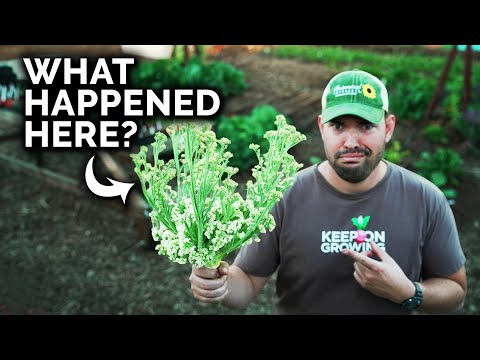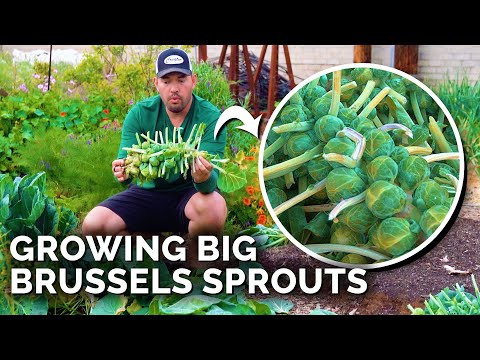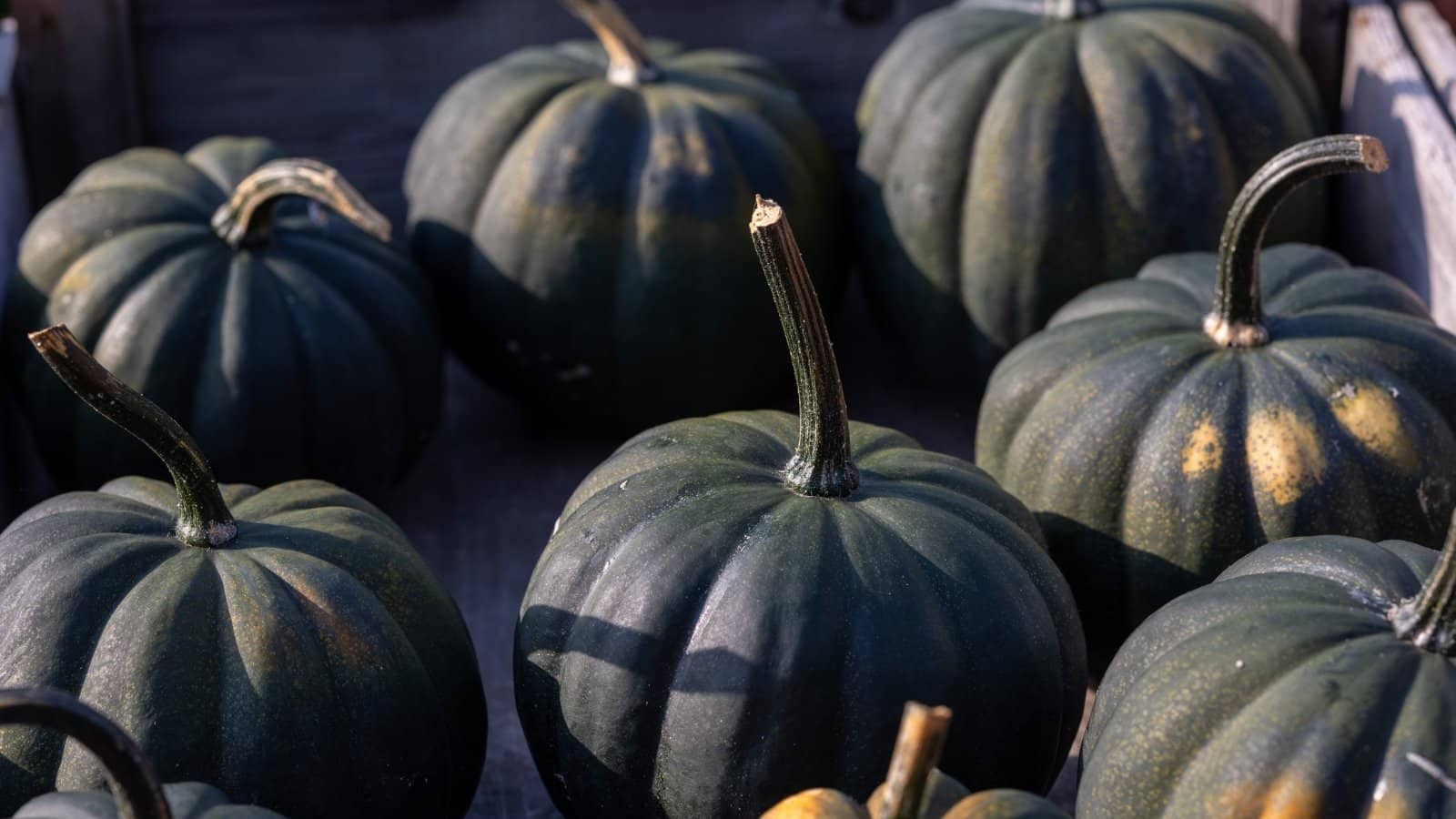Here in zone 9, all my kids want to do in the heat of summer is swim in the pool and stay cool indoors. But now that school is back in session, the temperatures are returning to a more bearable level. It’s time to start thinking about family-favorite plants that appreciate the cooler fall weather, and I love to give kids a say in what we add to the garden.
If your kids have time between practices and homework to do a little digging, there are great reasons to have them join you. So many valuable lessons come with planting and caring for what you grow. Gardening is great for your body and mind! It teaches patience, encourages healthy eating, and gives a sense of accomplishment.
There are many wonderful reasons to get kids to help in the garden. It’s a great way to connect over a shared goal and be good stewards of the Earth. Growing things that are fun for them makes it even more exciting. Of course, asking your kids what they want to grow is great. Here are some of the favorite plants that Epic Gardening kids love to grow in the fall.
Snow Pea ‘Oregon Sugar Pod II’
Snow peas are so crunchy and delicious! These vining plants with delicious pods are always a kid-favorite on the veggie tray, and they are perfect for either spring or fall. They are fast to germinate and easy to grow, making them a perfect kid crop. Children can see the fruits of their labor sprout in right around one week. In about two months, they will be able to begin harvesting these sweet, tasty treats.
Because of their frost tolerance, you can plant these in just about any zone in the fall. They mature in about 60 days and are hardy down to 20°F (-7°C). Directly sow these in the garden at least two and a half months before your first expected frost date. Give them support to grow on, little ones will love seeing them reach for the sky.
Pansy ‘Got the Blues’
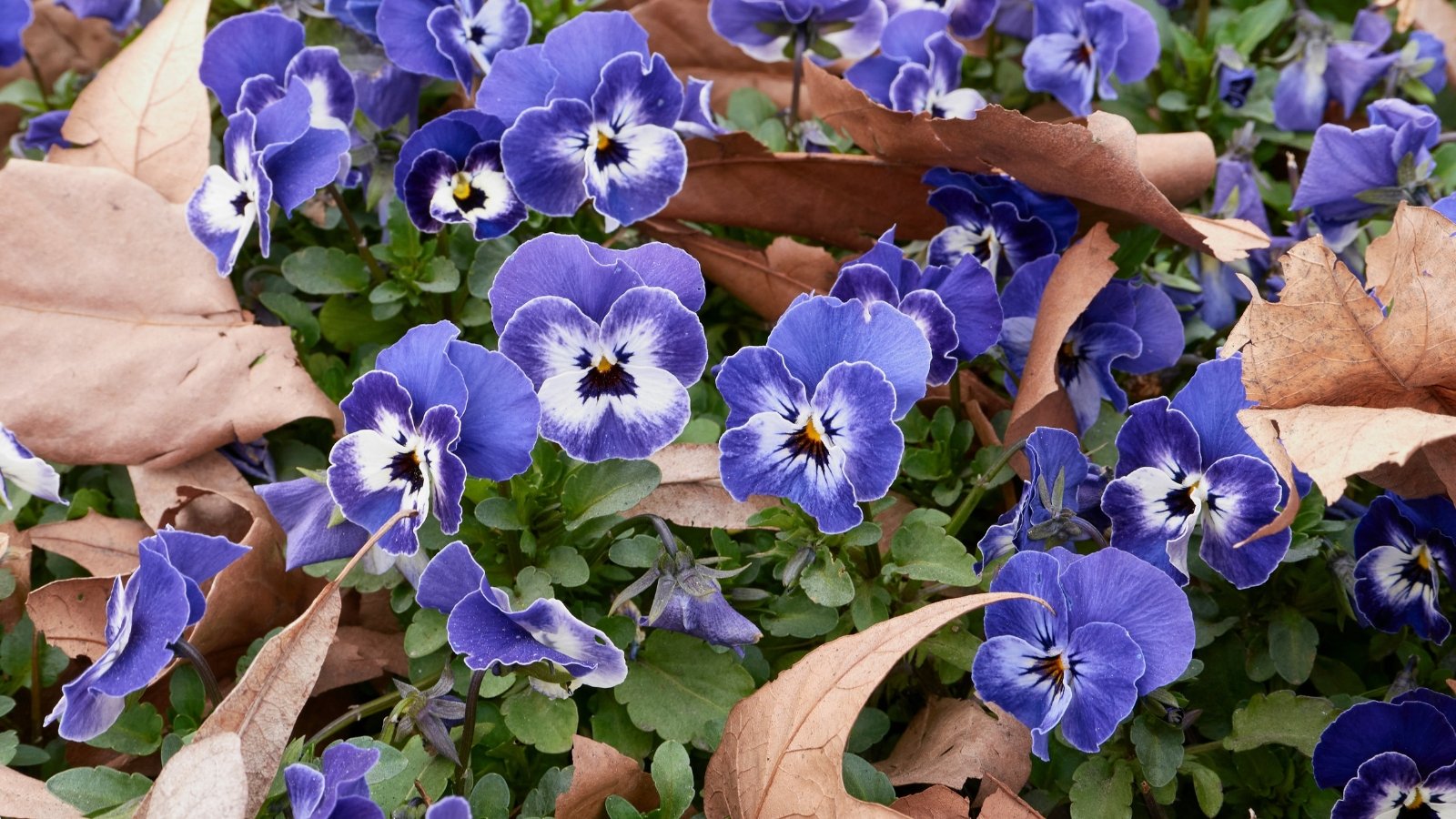
Pansies are a fun fall plant that kids will soon call a favorite. They are quick to grow and flower, and the blooms aren’t just pretty, they are edible, too! My girls love to press these and use them to decorate shortbread cookies. They make a beautiful hostess gift for holiday parties.
Pansies will bloom in temperatures down to the mid-20s (~-7°C). They grow well in pots and are easy to care for. The more you cut their slender stems, the more flowers they will produce. They do their best blooming in spring and fall, in the 40°-60°F (4-16°C) range. I recommend planting them from nursery starts in cooler climates, as they can take four months to bloom from seed.
Calendula ‘Oopsy Daisy’
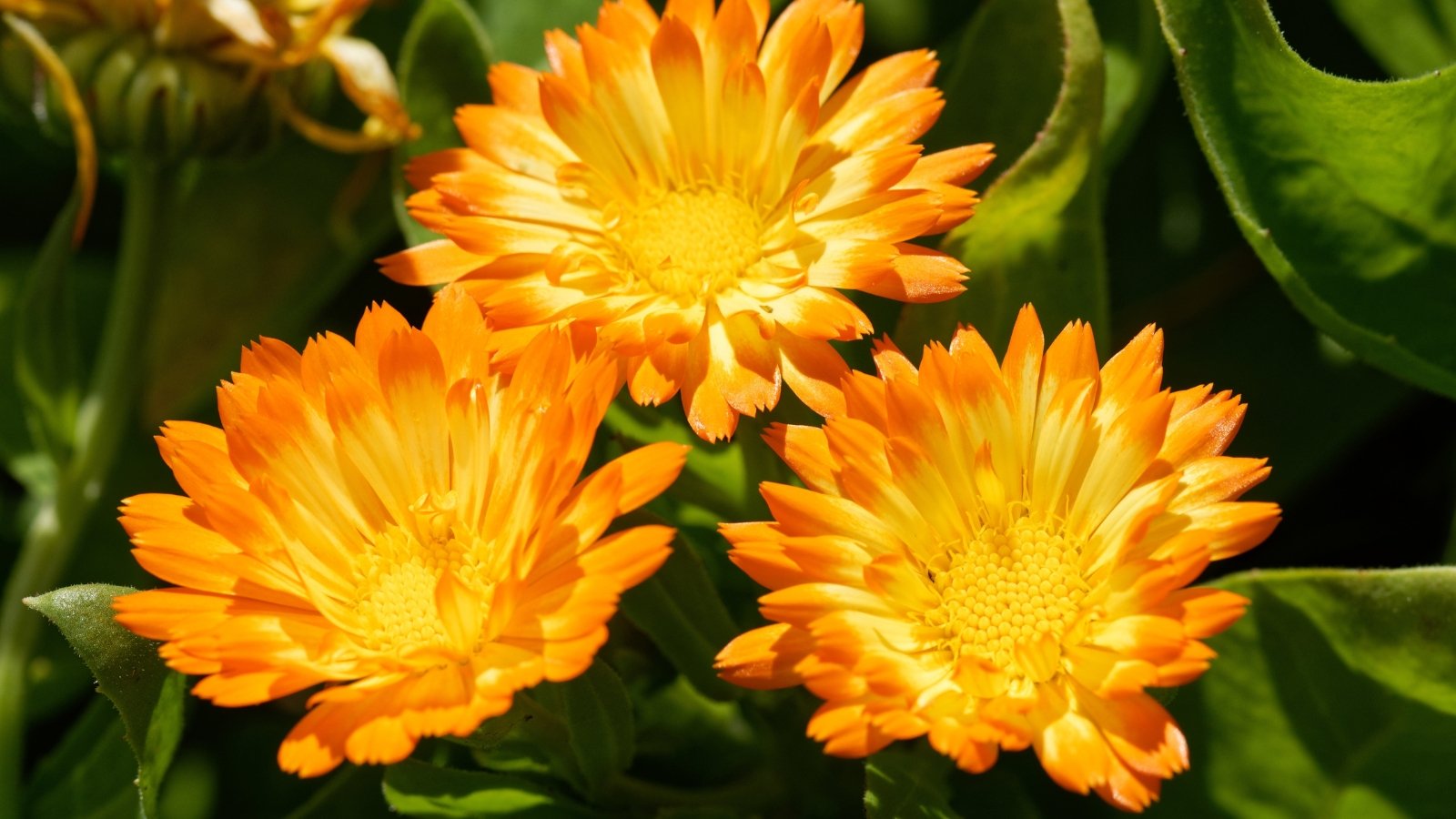
Children will love how fast calendula grows in the cooler fall weather. Grown from seeds, you will see flowers in as little as six to eight weeks! Calendula, also known as pot marigold, is a wonderful little plant with showy flowers in shades of red, orange, white, and yellow.
Since calendula is heat-sensitive, it’s best to start these in late summer and early fall. They are moderately frost-tolerant and will continue to bloom after a mild frost. Plant them in containers and bring them under cover to keep them blooming down to about 26°F (-3°C). I love to dry these pretty flowers and make a soothing tea. The flowers are edible and their cheerful petals will make salads more appealing to kids, as well.
Snap Dragon ‘Magic Carpet’
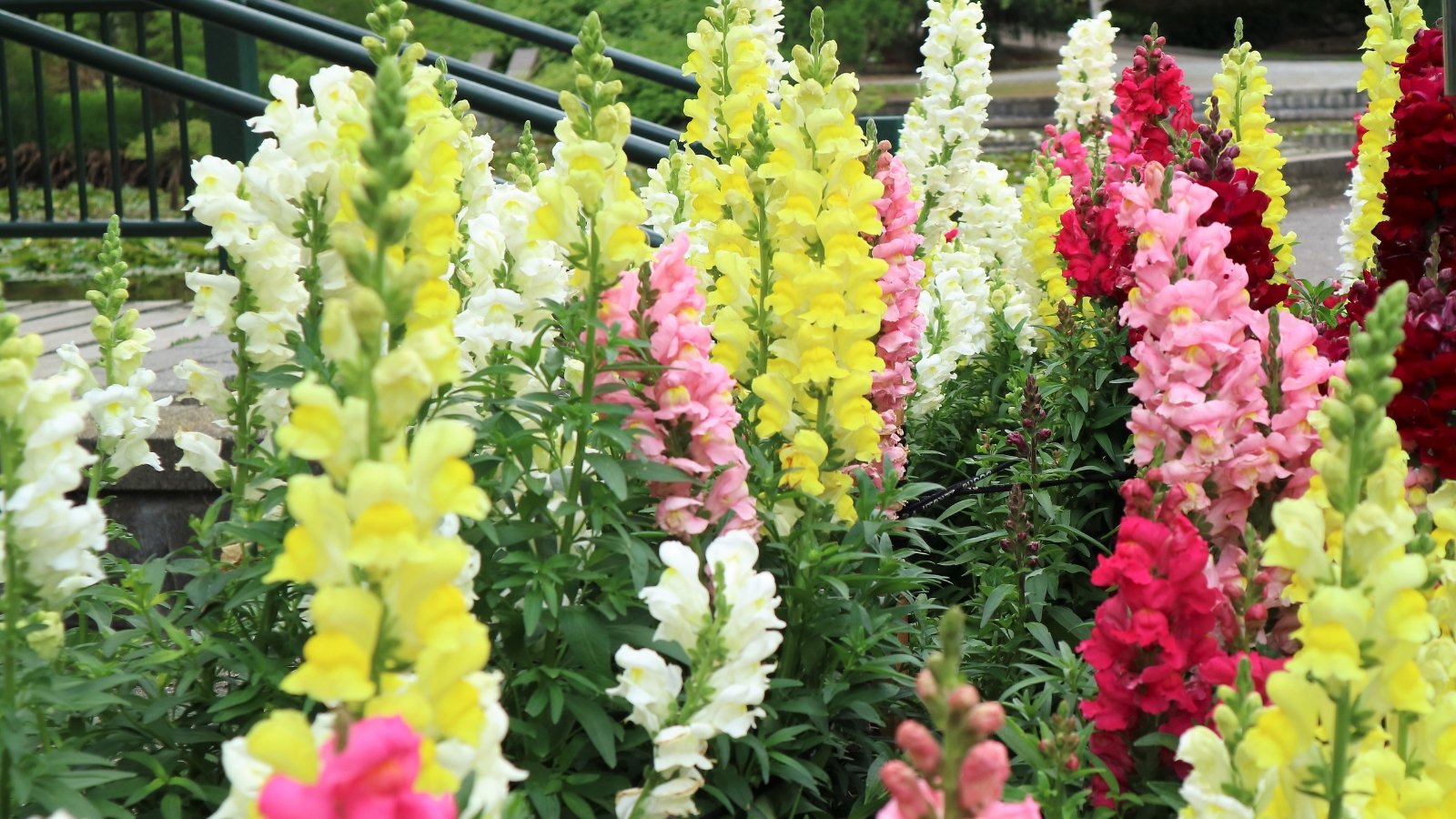
Snapdragons are a childhood favorite of mine and my kids get a thrill out of showing visitors how they open their ‘mouths.’ In warmer climates, these are perennial and can even grow all through the winter. They will grow larger and taller in cool weather, and withstand temperatures down to 25°F (-4°C).
Snapdragons can take up to 120 days to bloom from seeds, so if you’re in a cool climate, plant these from nursery starts in the fall. Kids will love cutting a bouquet of these to share with neighbors and friends. Choose tall varieties for cut flowers and shorter varieties for faster blooming.
Baby Blue Eyes ‘Penny Black’
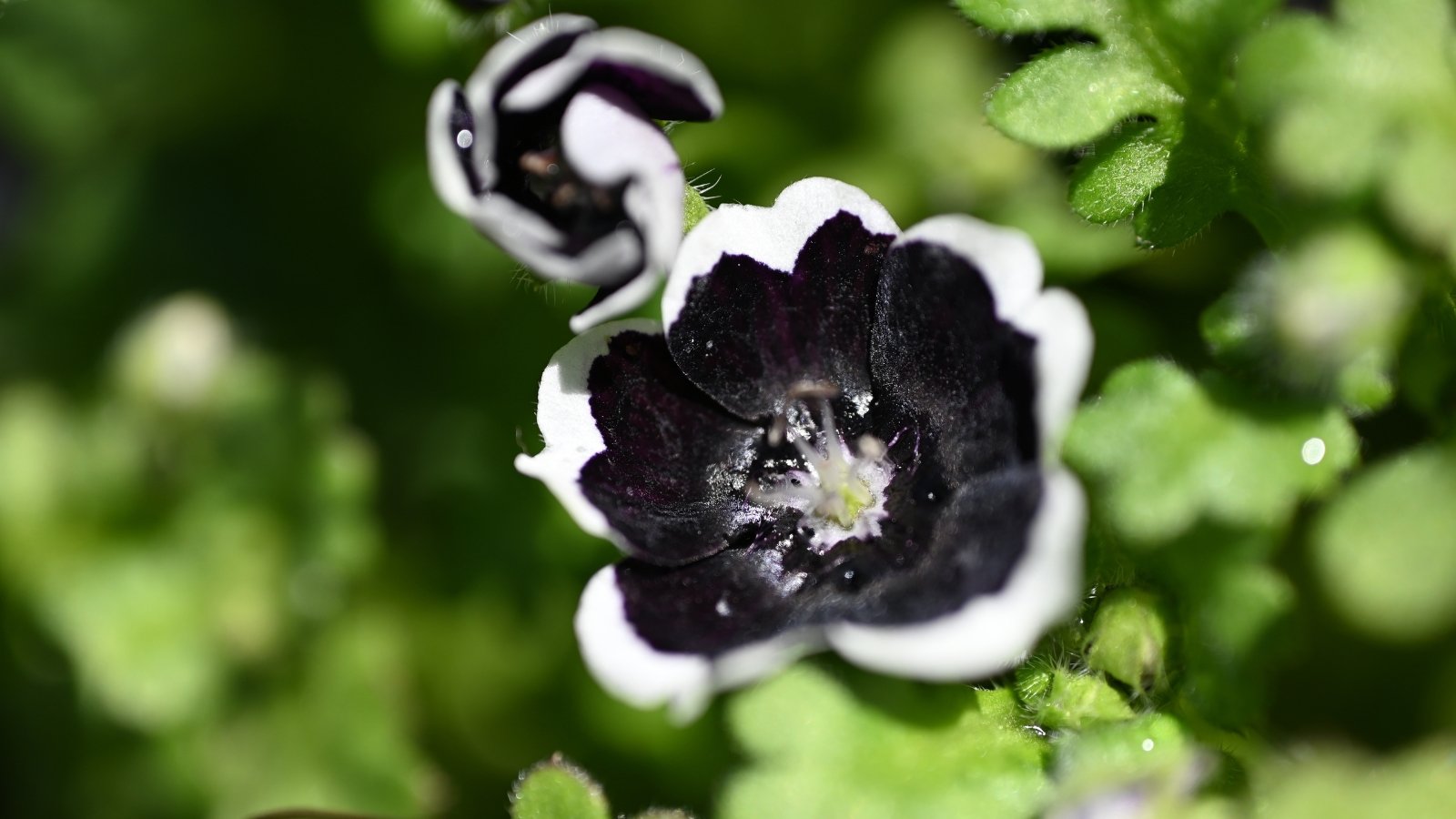
If you live in a warm climate, the time to plant these sweet flowers is late summer and fall. They are cool season annuals that will bloom alongside your pansies and calendula. Their name is so fun, and this variety is awesome for Halloween with purple-black centers rimmed with white. They are just a tiny bit spooky.
In cooler climates, these are spring flowers, so they aren’t a great choice for fall. Don’t let them fall off the radar, though, as little kids will enjoy tending to these easy-care annuals. They are self-sowing and hardy to 5°F (-15°C), so in mild to warm climates, they will give you winter blooms.
Broccoli ‘Burgundy’

When it comes to vegetables, my four-year-old can be difficult to convince. She will eat broccoli any day of the week, though. Broccoli is a cool-weather vegetable that will withstand the winter as far north as zone 2. Even in cooler climates, you can plant this in early fall for mature heads in just over two months.
Broccoli is tolerant to temperatures as low as 25°F (-4°C). This ‘Burgundy’ variety is flexible about its range and looks impressive on the Thanksgiving table. Kids will love to tell guests that they grew this colorful and beautiful broccoli. Pinch off the first main floret for better branching and a bountiful harvest.
Romaine Lettuce ‘Rouge d’Hiver’
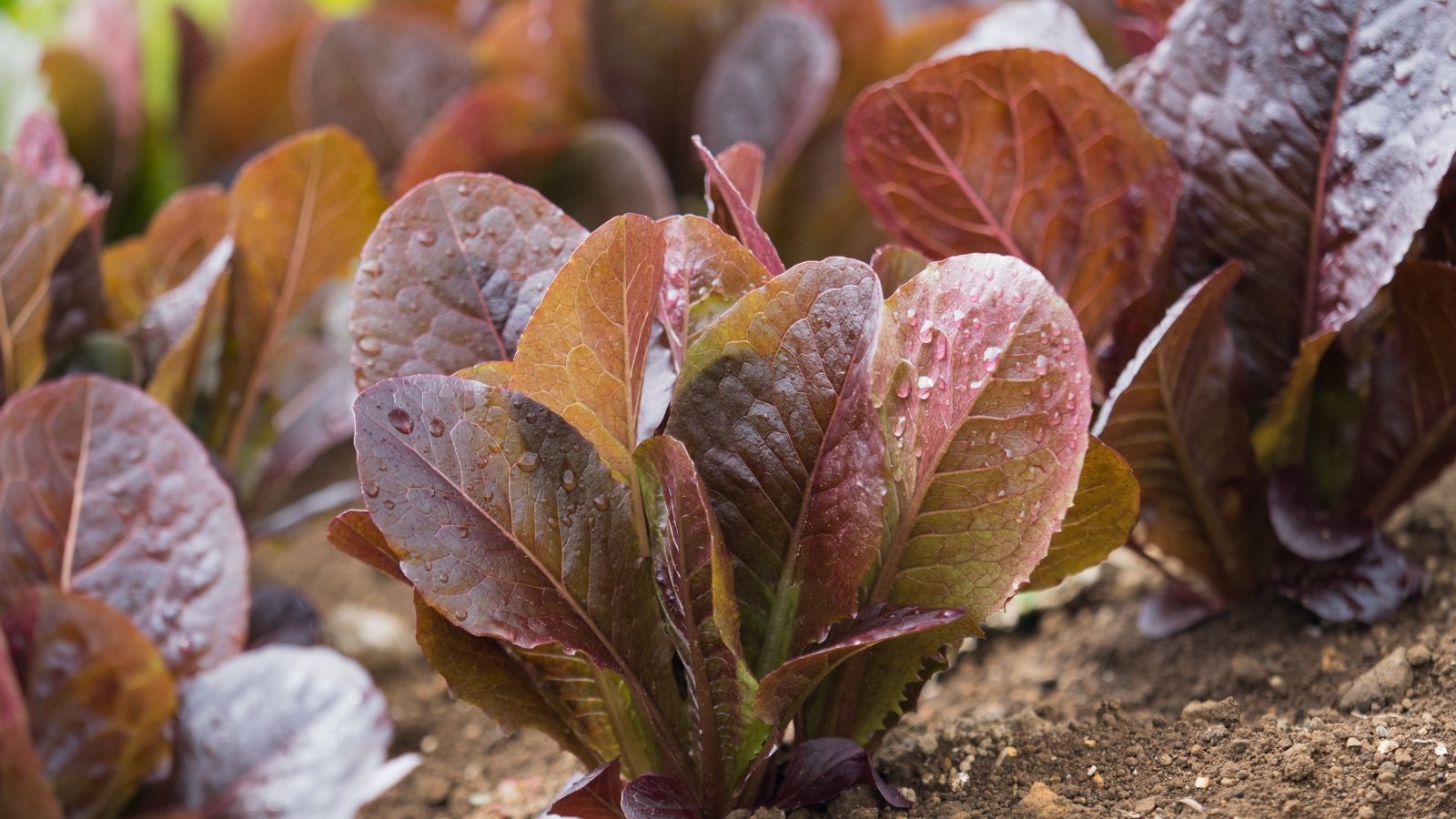
Say the words “Caesar salad,” and my middle daughter’s face lights up. She’s pretty fancy, so this red variety is a favorite to grow in our vegetable beds. One of the great things about lettuce is that it grows fast, and you can begin to harvest the baby greens in as few as 20 days.
Lettuce is a great winter vegetable. It likes cool weather and tastes sweetest after a frost. Plant your romaine up to four to six weeks before your first frost date. In warm climates, you can plant through the winter. It typically can tolerate a few hard freezes before it dies off. ‘Rouge d’Hiver’ is a stunning French heirloom variety, and the name translates to ‘Red Winter.’
Petunia ‘Black Cat’
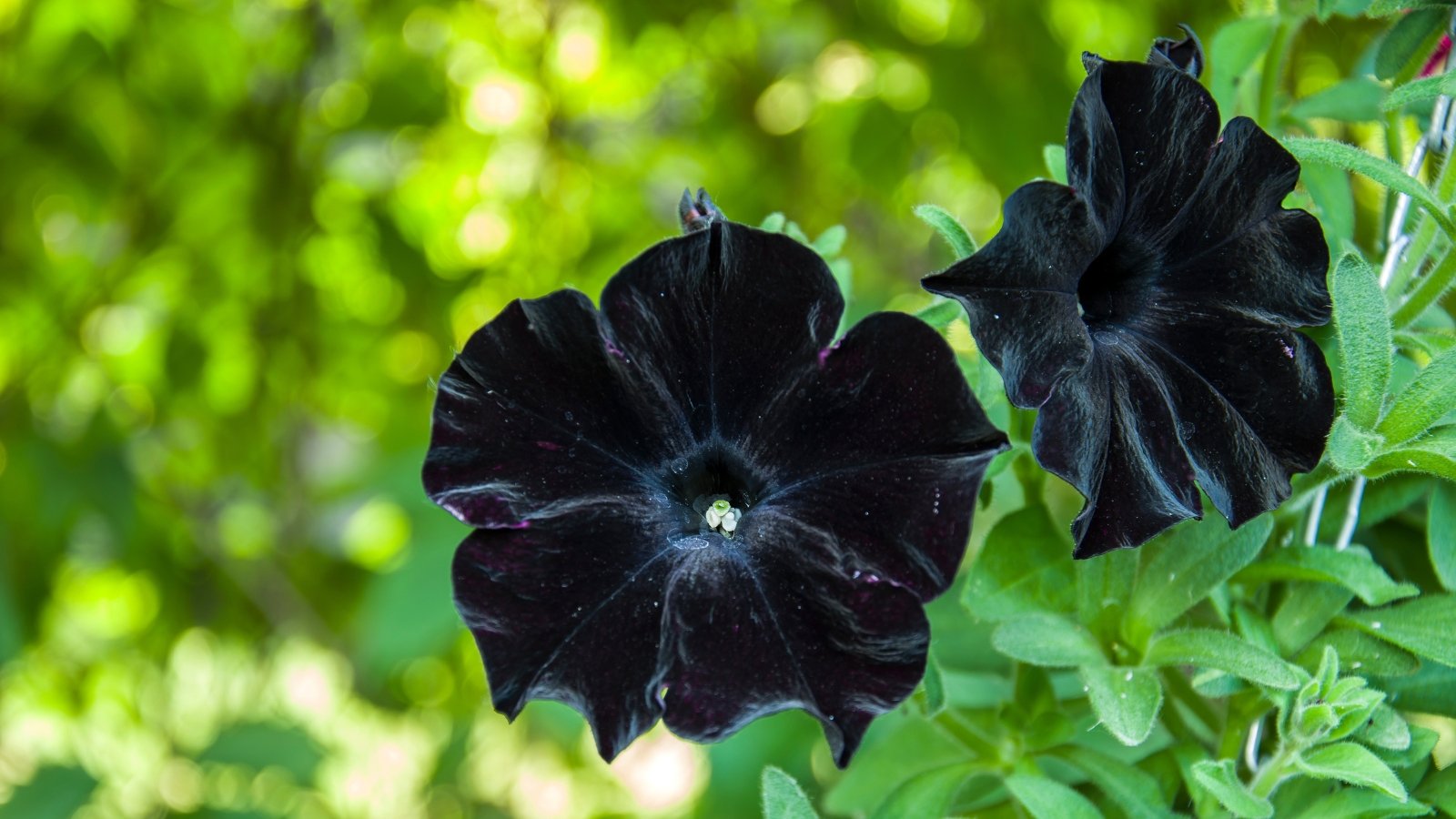
‘Black Cat’ petunias are our kid’s favorite Halloween plant, but it needs an early fall start. True black flowers are a rarity, and these are as close to black as I’ve ever seen. Kids will find the dark, velvety blooms fascinating. Petunias take a while to bloom from seed, but black petunias have become very popular in recent years, so they aren’t difficult to find as nursery starts.
These flowers make an excellent container plant and pair beautifully with your fall pumpkins on the porch. These like plenty of water, which is a great task for even young children to take on. Petunias are not frost tolerant, but they appreciate the cooler temperatures of fall.
Aster ‘Treasure’
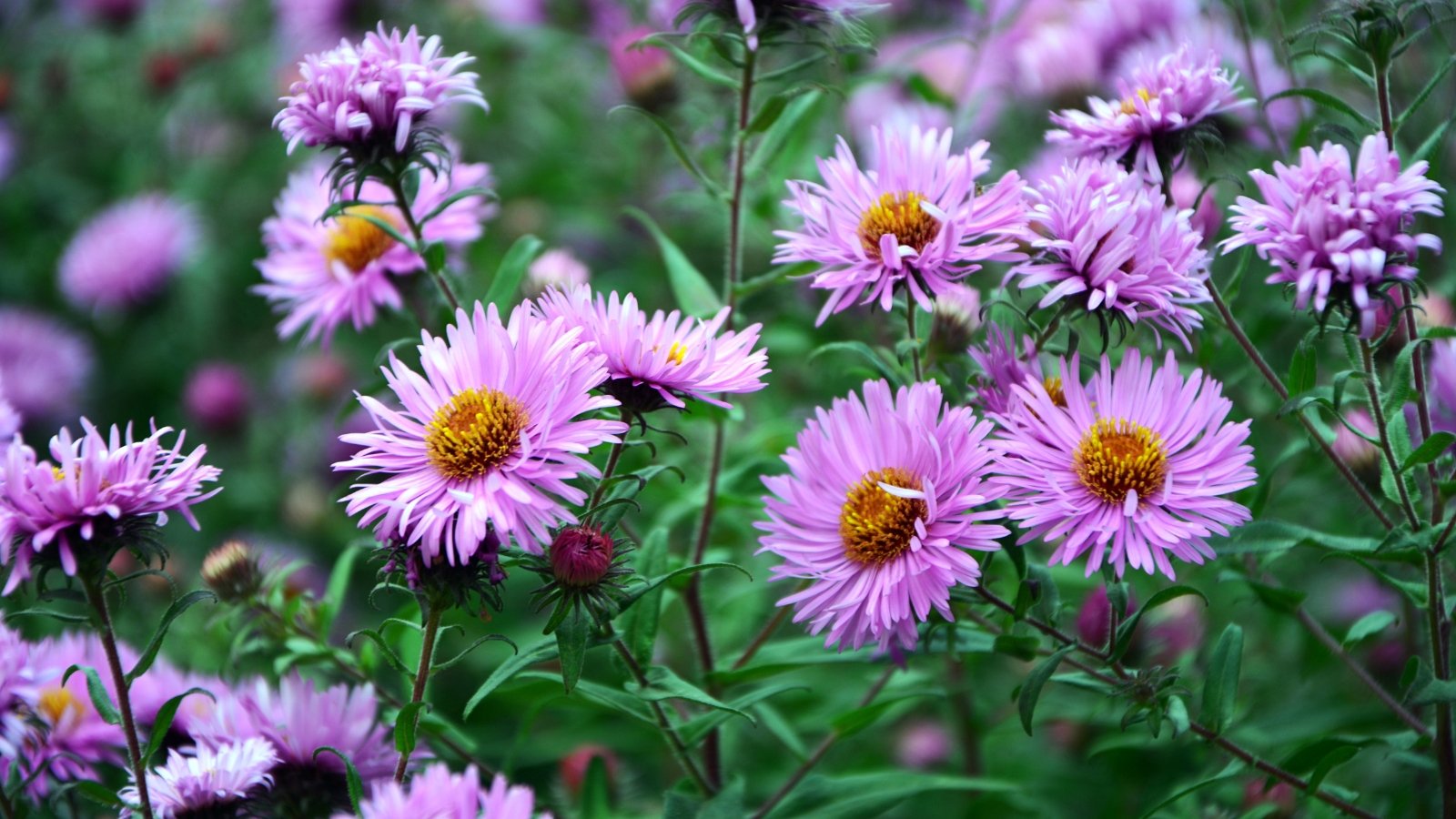
Asters are wonderful fall bloomers that light up the flower bed and attract butterflies. They are a wonderful addition to the pollinator garden. The taller varieties also make excellent cut flowers. Make sure to plant them in a space with good air circulation to avoid fungal diseases.
Most nurseries carry asters in late summer and early fall, so there is no waiting for blooms. Children will enjoy tending to these as they are low-maintenance and sturdy. They are not frost tolerant but will bloom with up to the first freeze.
Carrot ‘Cosmic Purple’
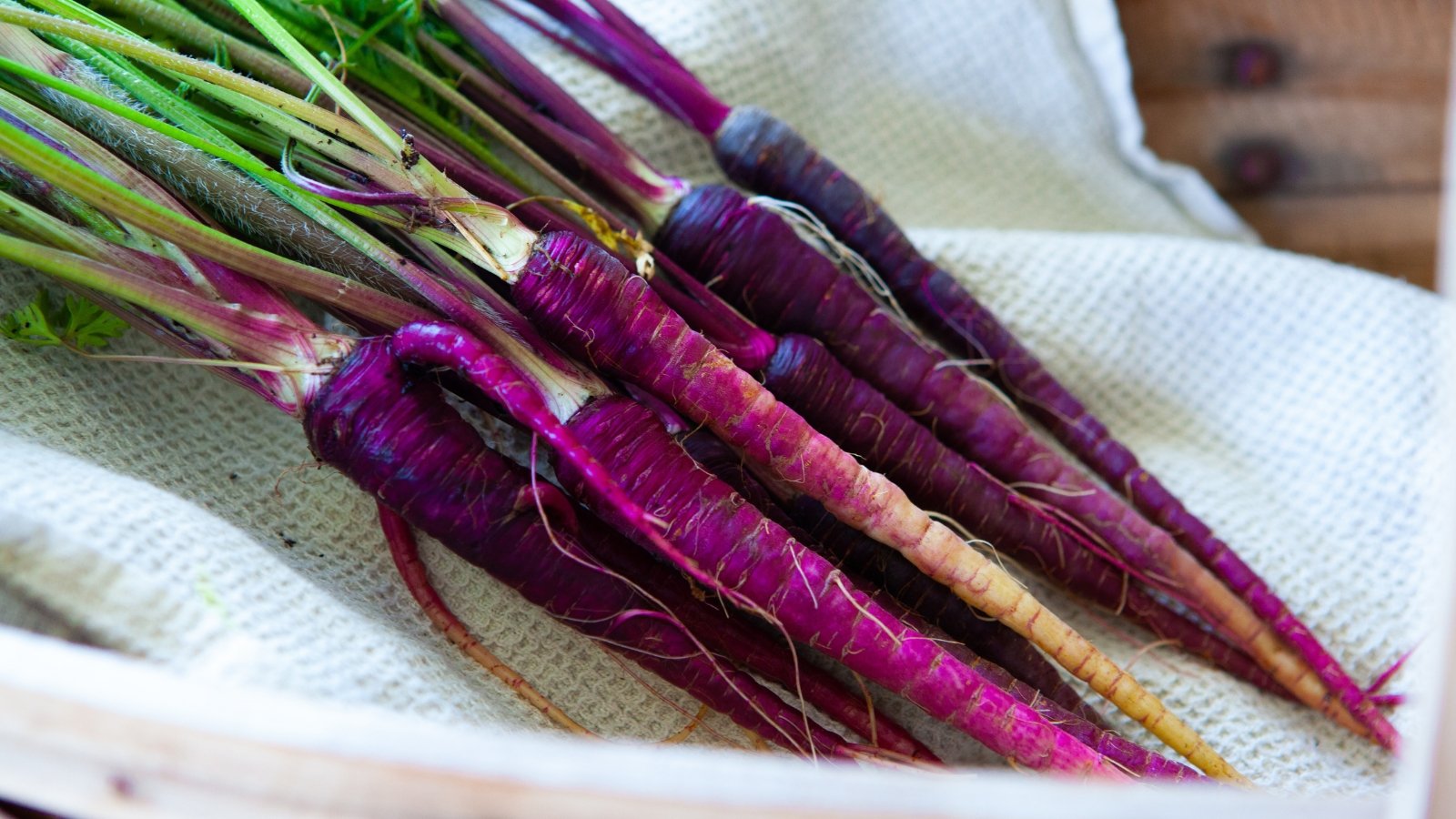
Make some room for crunchy carrots in your veggie patch. These sweet root vegetables are a crowd favorite both raw or cooked. They are frost tolerant, so you can fall plant them as far north as zone 2.
Carrots prefer cool temperatures and take about 70-80 days to mature. We recommend fall sowing because they don’t transplant well. Keep your carrots nice and straight by sowing seeds directly in the ground. Little ones will love the surprise of unearthing them. Traditional orange carrots are wonderful, but my kiddos love this ‘Cosmic Purple’ variety.
Chrysanthemum ‘Grandchild’
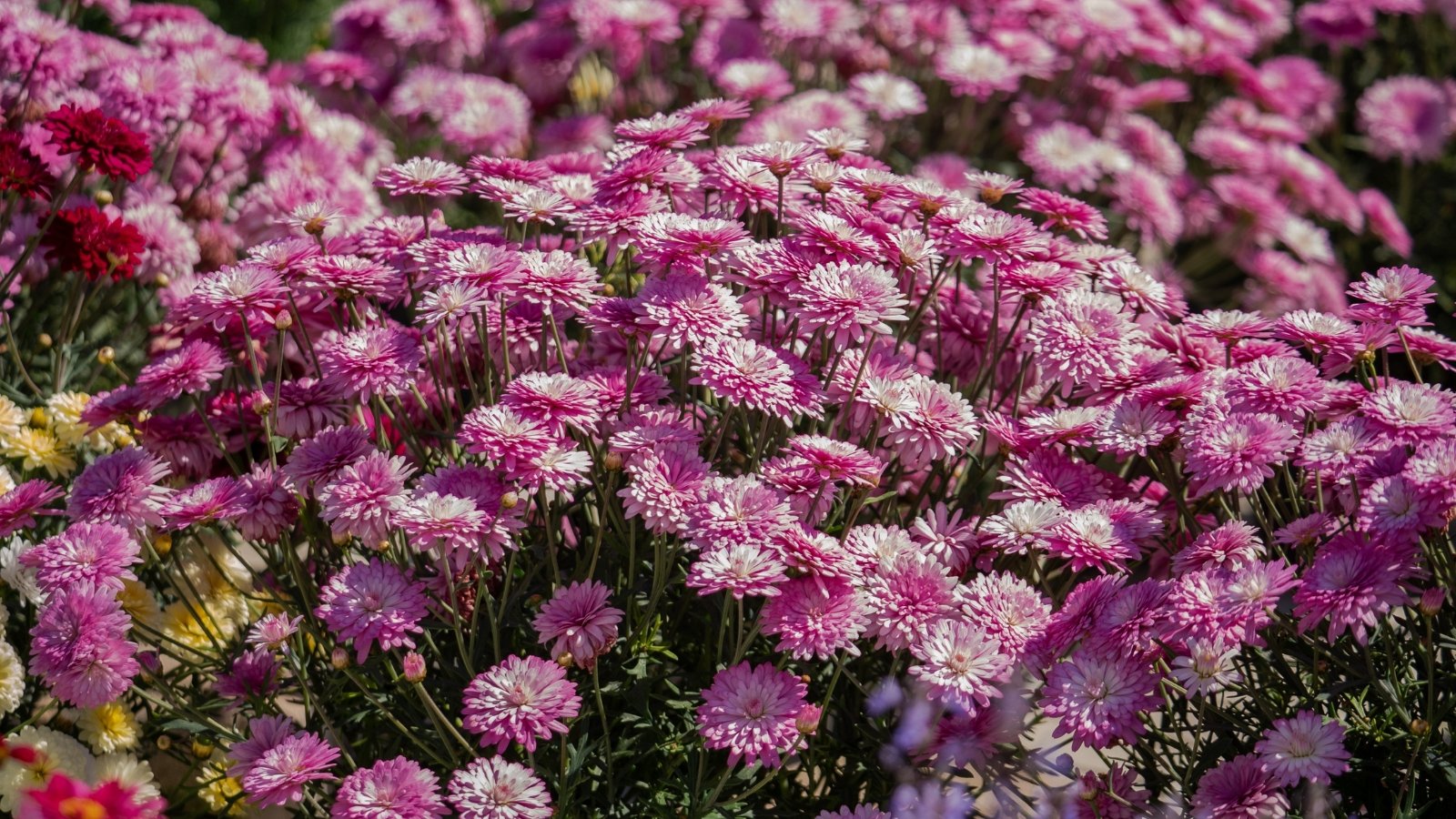
Mums are a fall staple. You will find these plants at most retailers beginning in late summer. Children will love the bounty of blooms on this small shrub that lasts through the cool season. Potted mums are vulnerable to cold temperatures, so before the first frost, make sure to put these in the ground.
You’ll find many varieties at your local nursery in shades of purple, white, yellow, orange, gold, and even green. This is another great addition to an autumn-themed front porch display. Let your kids help create a beautiful entryway with these fall flowers.
Brussels Sprouts ‘Silvia’
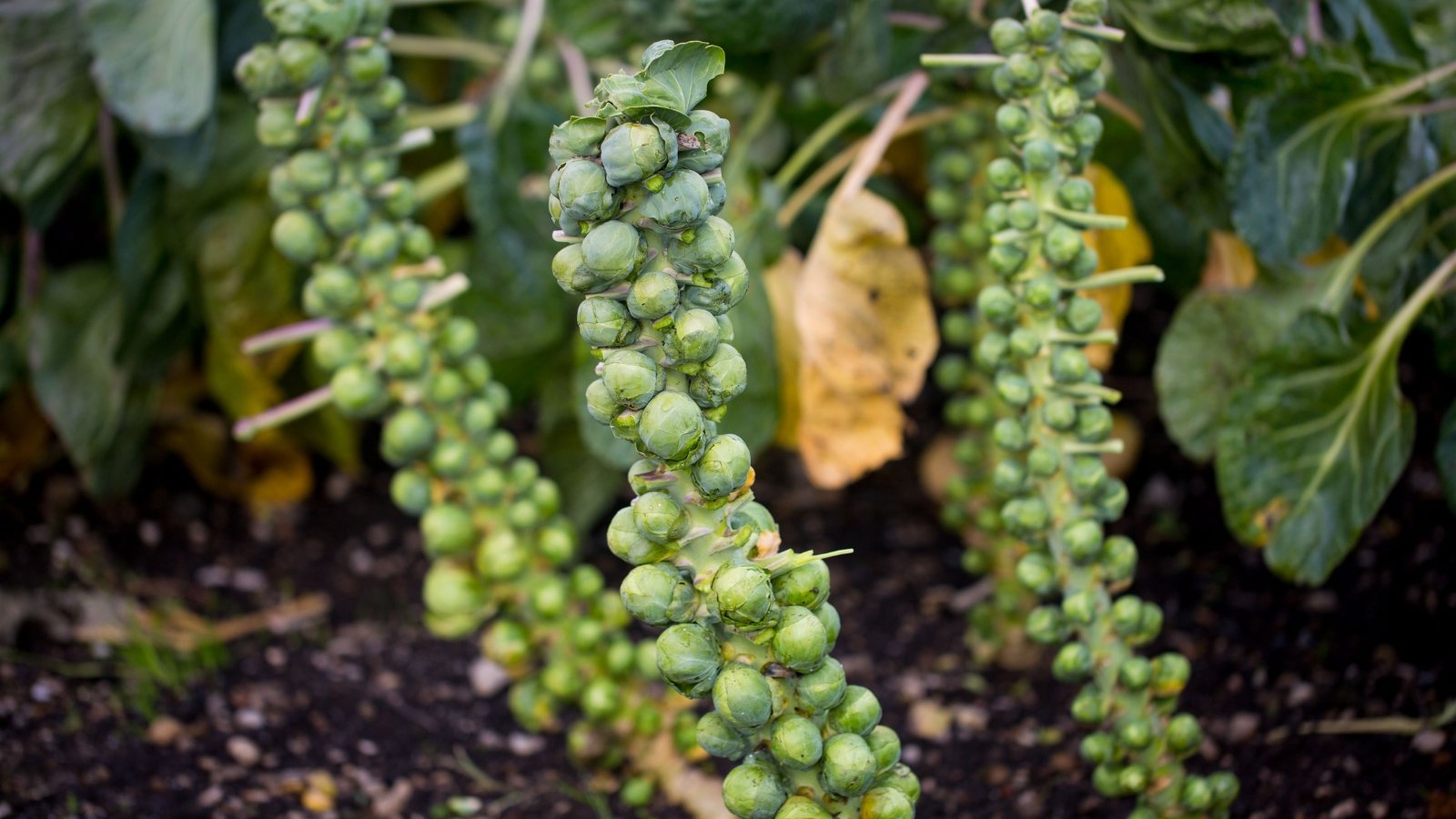
This may not be their favorite vegetable to eat, but Brussels sprouts are a lot of fun to grow. Once they see them in action, they may yet want to cook up these nutritious veggies. Brussels sprouts grow vertically on a central trunk. Like cute little mini-cabbages, they have a fun and whimsical appearance.
‘Silvia’ is a tough variety that has excellent disease resistance. This isn’t the easiest crop to grow, but it’s great for the older kids who have some experience and want to try something new. Brussels sprouts are cold-tolerant down to 10°F (-12°C).
Potatoes ‘Red Norland’
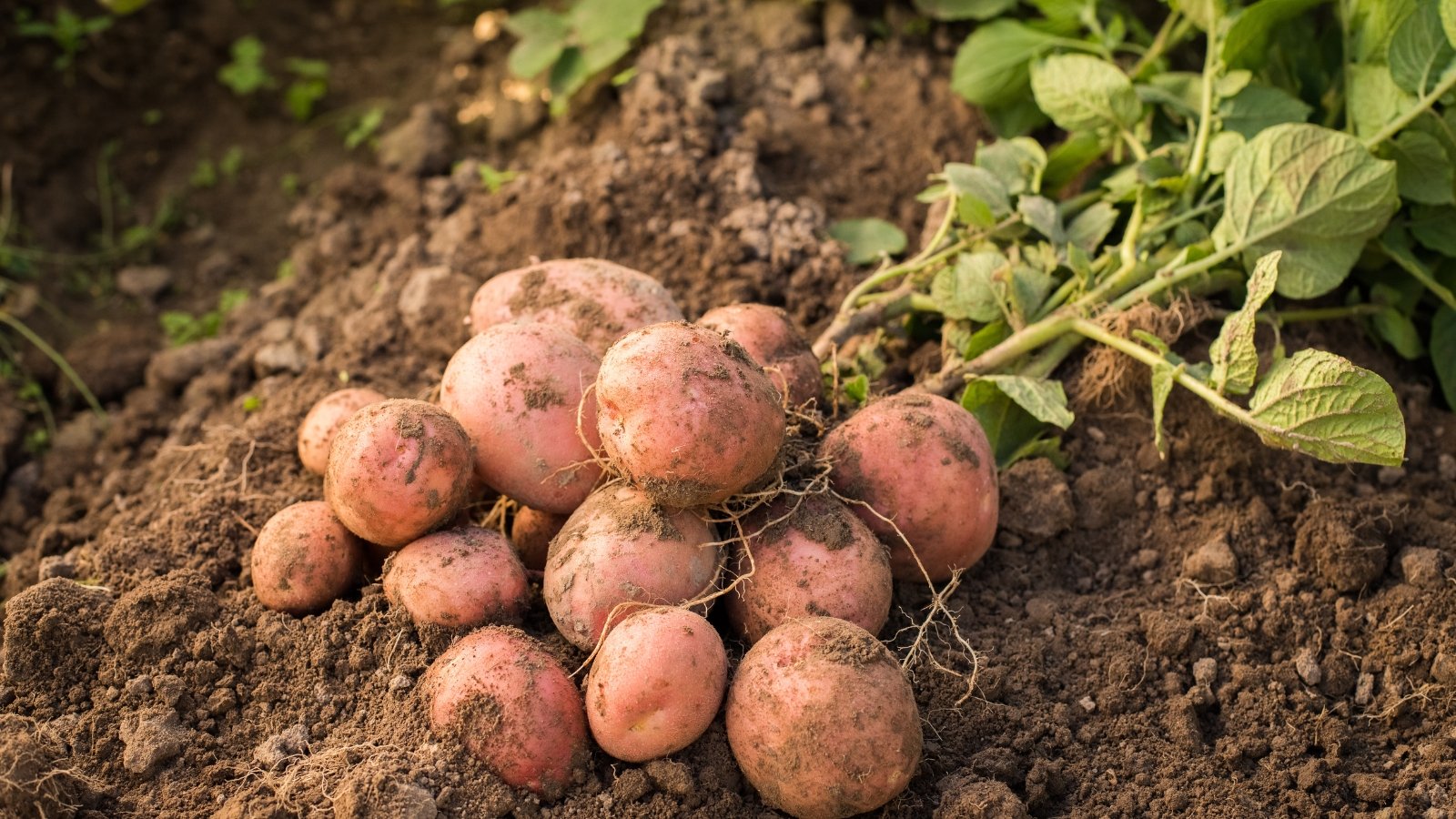
Much like carrots, potatoes are fun for the surprise of digging them up to see what you’ve grown! Potatoes prefer cool soil to do their best developing. ‘Red Norland’ is a fast grower, ready to harvest in two to three months.
Direct sow your potatoes in grow bags or in the ground. When the vines die back, you will know it’s time to harvest them. Let children do the digging, their smaller hands will be perfect for the task of loosening the soil without damaging the potatoes.
Summer Squash ‘Max’s Gold’
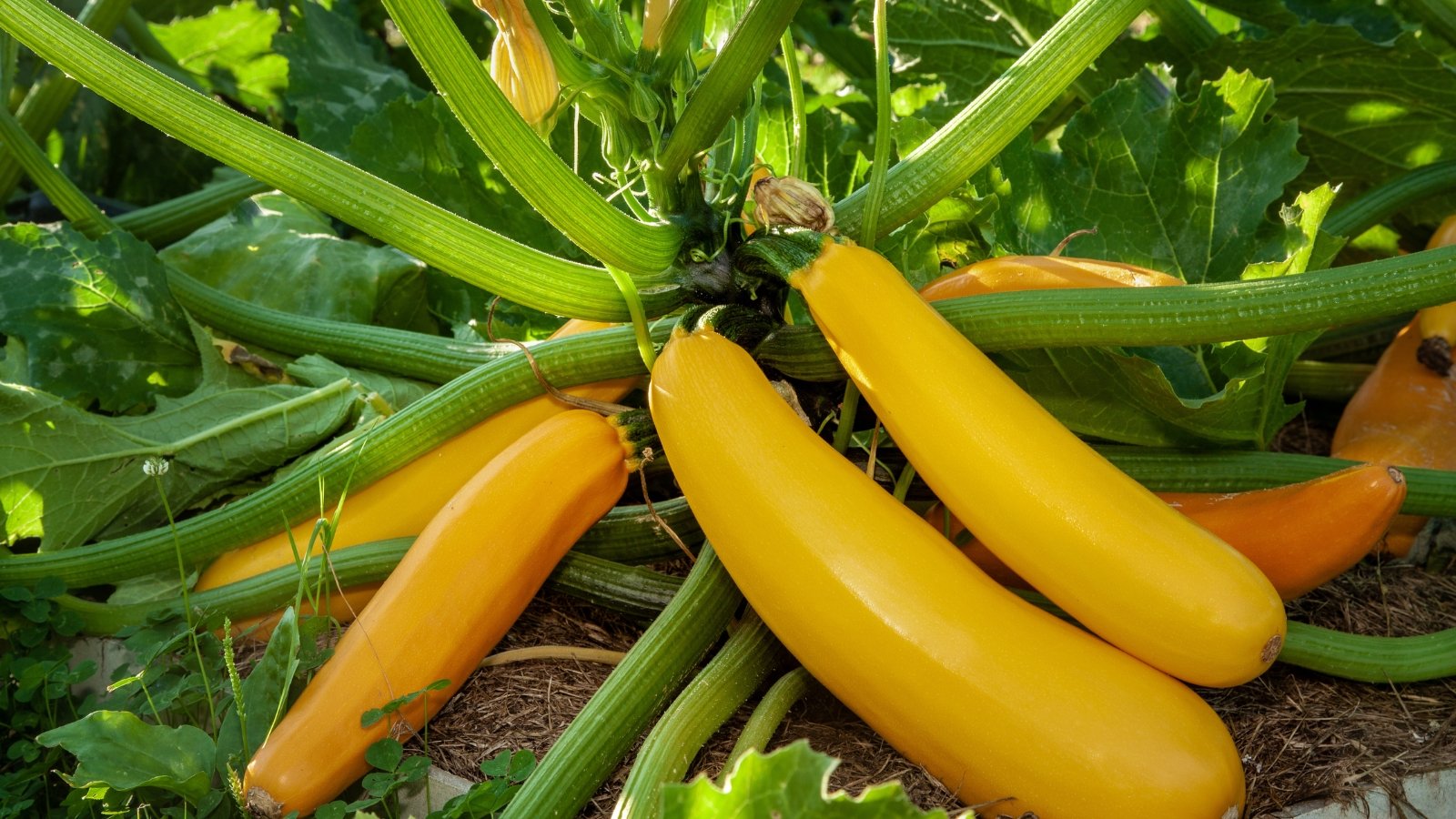
No, this one isn’t a mistake. You can grow summer squash in the fall as long as you have 55-60 days before the first frost hits. These tender vegetables are fast-growing and exciting to observe. They produce large, bright yellow flowers that are delicious when battered and fried.
Directly sow these seeds in the ground or containers. Kids can handle growing their favorite squash from beginning to end; whether planting in summer or fall, squash are so easy to cultivate! Harvest them when they reach six to eight inches long.
Spinach ‘Matador’
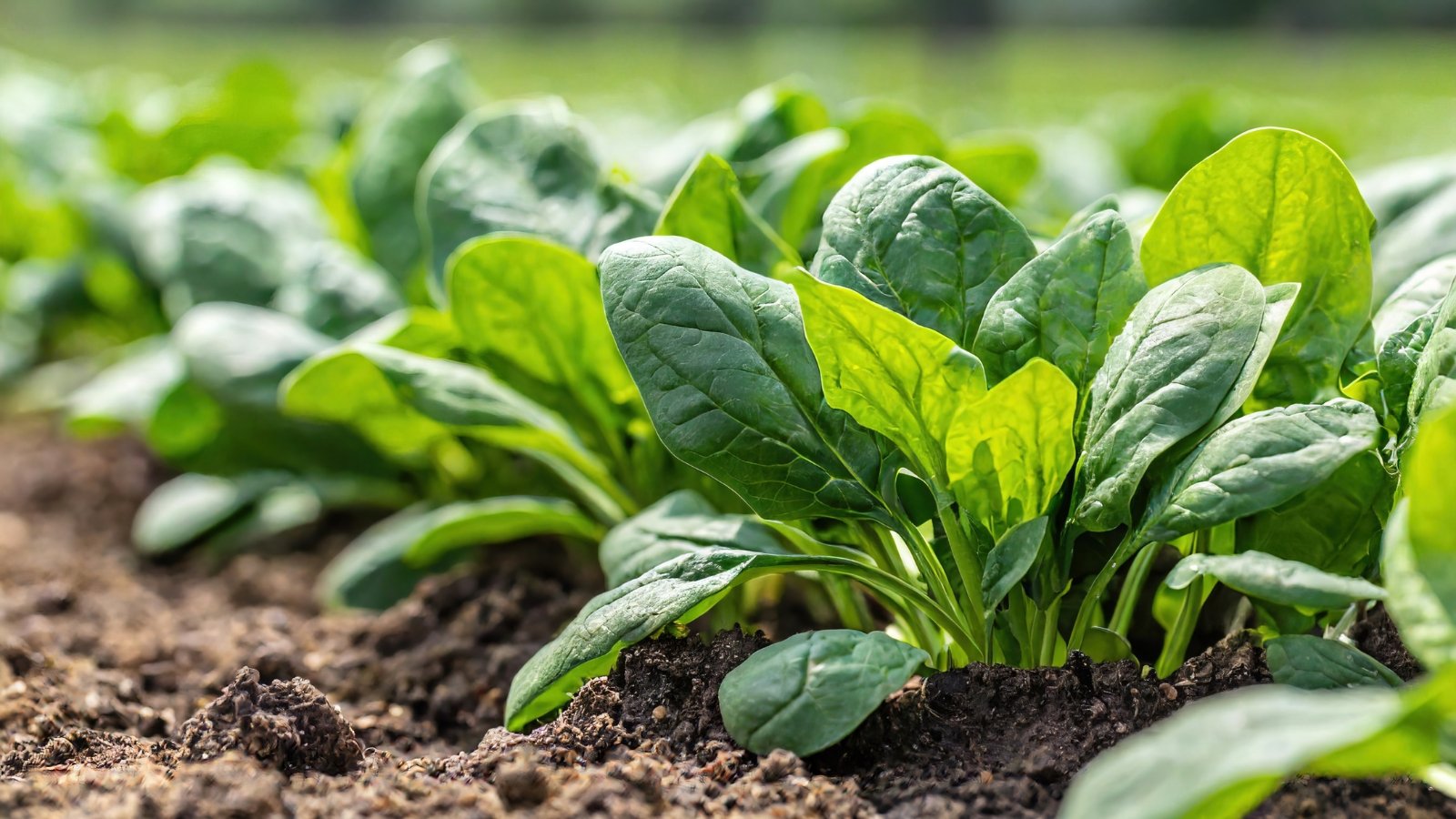
It might not be their favorite vegetable to eat, but spinach is fun to grow. It’s quick to sprout, and you can begin to harvest tender leaves in as little as one month. My kids love smoothies, and baby spinach makes a great add-in. Its mild flavor and soft texture blend seamlessly. It’s a great way to get some greens into your littles.
Directly sowing spinach is best, as it doesn’t transplant well. You can sow these seeds up to four weeks before your first frost date. Freezing weather makes all types of spinach sweeter, so wait until after a cold snap to harvest. A layer of mulch will help keep your spinach growing long into winter, down to 15°F (-9°C).
Sweet Pea ‘High Scent’
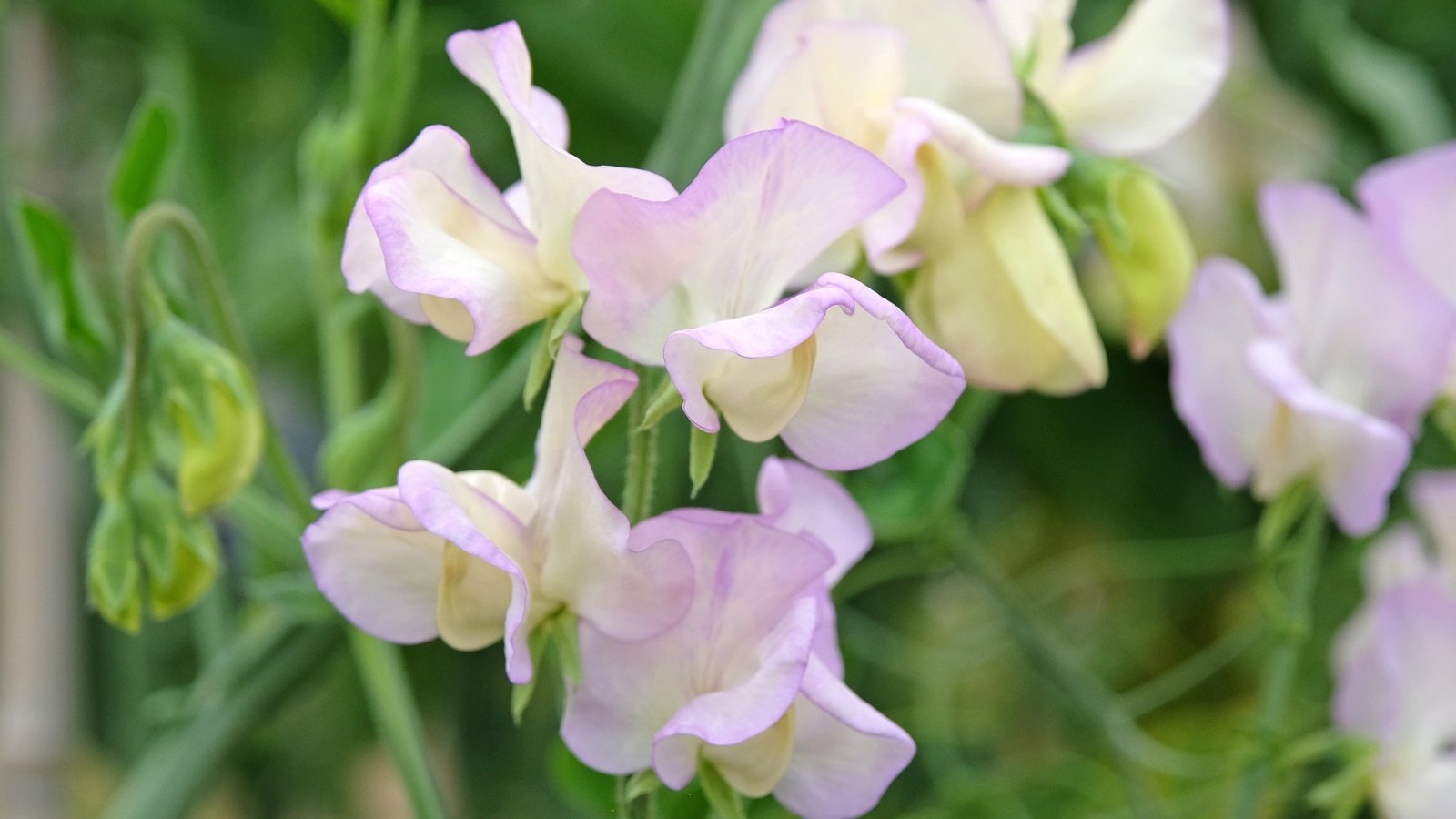
Sweet peas join snapdragons as a wonderful cut flower in the cool fall months. These fast growers will bloom in as little as 50 days of cool temperatures. In cool climates, pop these in the ground as soon as temperatures fall into the 60s (~16°C). In warmer climates, you can start them indoors and transplant them, or wait until later in the fall to directly sow them.
Children will love to see these fast vines climb a trellis or other support. When they have three sets of leaves, pinch the tops to promote branching and more flowering. They can tolerate brief dips into the 20s (~-7°C) but do their best blooming between 45-65°F (7-18°C). They also smell amazing!
Cilantro ‘Long Standing Santo’
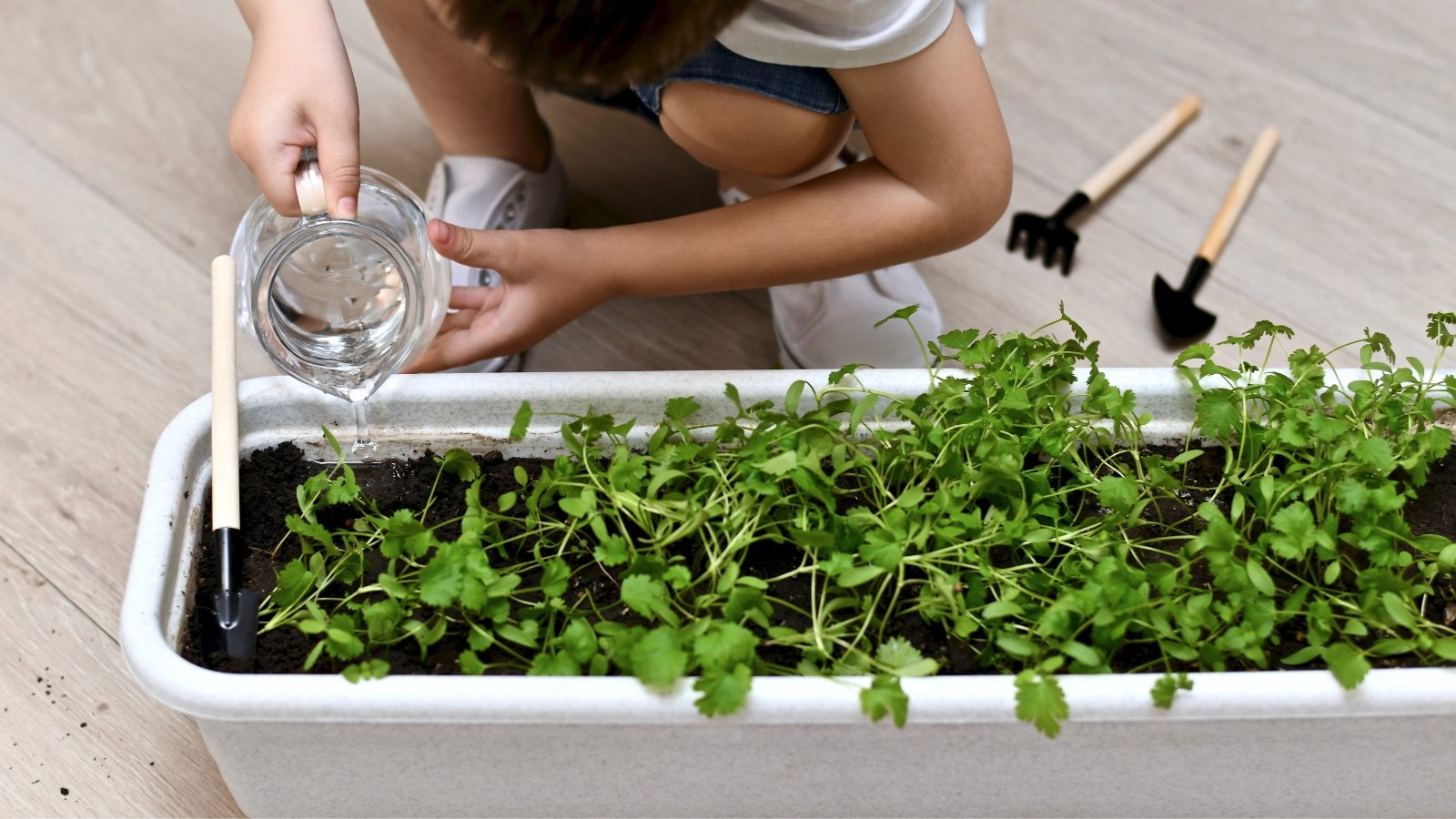
Summertime dinners are lazy in my house. Whatever is easiest is what we tend to roll with. When school goes back, and we get back on schedule, it’s time to reinstitute Taco Tuesday and other fun dinner habits. There are lots of tasty, cool-weather herbs, but cilantro is often overlooked.
Cilantro likes the cooler weather, which keeps it from bolting. As such, it maintains its sweetness and makes a perfect addition to homemade salsa and guacamole. In warm climates, cilantro can last through the winter. In cool climates, plant this in a container and bring it indoors if the temperature is going to drop below 15°F (-9°C).


